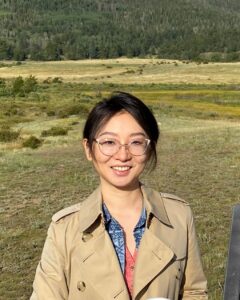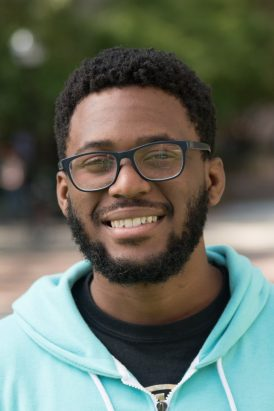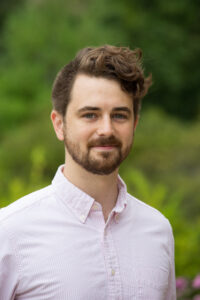CUOS Seminar | Optics Seminar
CUOS Noon Seminar: Laser Focusing Geometry, Hot Electrons, and Wakefield Accelerated Electron Beams
This event is free and open to the publicAdd to Google Calendar
Pizza will be provided to attendees!
Hongmei Tang
Title: The Effect of Laser Focusing Geometry on the Direct Laser Acceleration of Electrons
Abstract: Direct laser acceleration (DLA) is capable of generating super-ponderomotive energy electrons to hundreds of MeV, as well as secondary particles and radiation from high-intensity picosecond laser pulses interacting with underdense plasma. The dynamic and complex process of DLA is strongly dependent on a combination of plasma and laser parameters. Experiments performed on the OMEGA EP facility using apodized beams and 2D particle-in-cell simulations study the effect of laser focusing geometry on DLA. Simulations reveal the laser channel creation, channel fields evolution, as well as the laser fields’ contributions to the corresponding electron dynamics. Our results show an optimal laser focusing geometry and a path towards optimizing DLA conditions.
Andre Antoine
Title: Characterizing hot electrons in ensemble PIC simulations of high-intensity, laser-plasma interactions with machine learning
Abstract: In the interaction of high-intensity lasers with over-dense plasmas, the hot electron population dictates system dynamics, driving ion acceleration and x-ray generation, and fast ignition, for example. The primary method for modeling these systems are particle-in-cell simulations (PIC), where macroparticles approximate the kinetics of a distribution of particles. A problem shared with experiments, PIC simulations are inherently noisy given the statistical nature of the algorithm, particularly at lower fidelities. Individual electron energy distributions are easily analyzed with expert examination, but ‘by hand’ analysis is impractical for the hundreds of thousands of case examples produced by ensemble simulations, and this is exacerbated by noisy data. In this work, data from an ensemble of PIC simulations is analyzed and quantified using machine learning (ML) techniques to more reliably extract the hot electron temperature and other physical parameters. We present the dependency of the hot electron temperature and other electron sheath properties on various input parameters such as laser intensity and pulse length across a wide parameter space (~10^18-10^21 W/cm^2, 30-500 fs).
Jason Cardarelli
Title: Parametric study of the current filamentation instability using laser wakefield accelerated electron beams
Abstract: As the fidelity of electron beams produced via Laser Wakefield Acceleration (LWFA) improves over time, so too does the opportunity to use these beams for the application of studying relativistic plasma phenomena. Current filamentation instability (CFI), the formation of high current density filaments in a relativistic beam as it travels through a cold background plasma, is an astrophysical instability that may be observed in laboratory scales using beams from LWFA. An experiment was conducted at Colorado State University’s ALEPH facility where we measured the dependence of the CFI growth rate on plasma parameters such as length, density, and ion species of the background plasma using electron beams generated via LWFA. The relativistic beam plasma from LWFA and the background plasma for CFI were controlled independently. Results from analysis of data taken on this experiment and trends relating the growth of beam filaments to the measured parameter space will be discussed. These results will be compared to Particle-in-Cell simulations and established theoretical frameworks.
 MENU
MENU 

